As a mentor of mine used to say, “It’s not a matter of if, it’s when!” With that in mind, I’ve put together this list of five essential outdoor survival tips that I hope you NEVER have to use!
When planning any backpacking trip or outdoor adventure, we all picture the things we’ll enjoy along the way. Maybe you’re setting up a tent in a redwood grove and maybe you’re starting a fire on the beach. Whatever you’re picturing, it’s not likely the worst-case scenario. But it’s essential to be prepared if things go wrong.
Article Overview
A Quick Survival Story
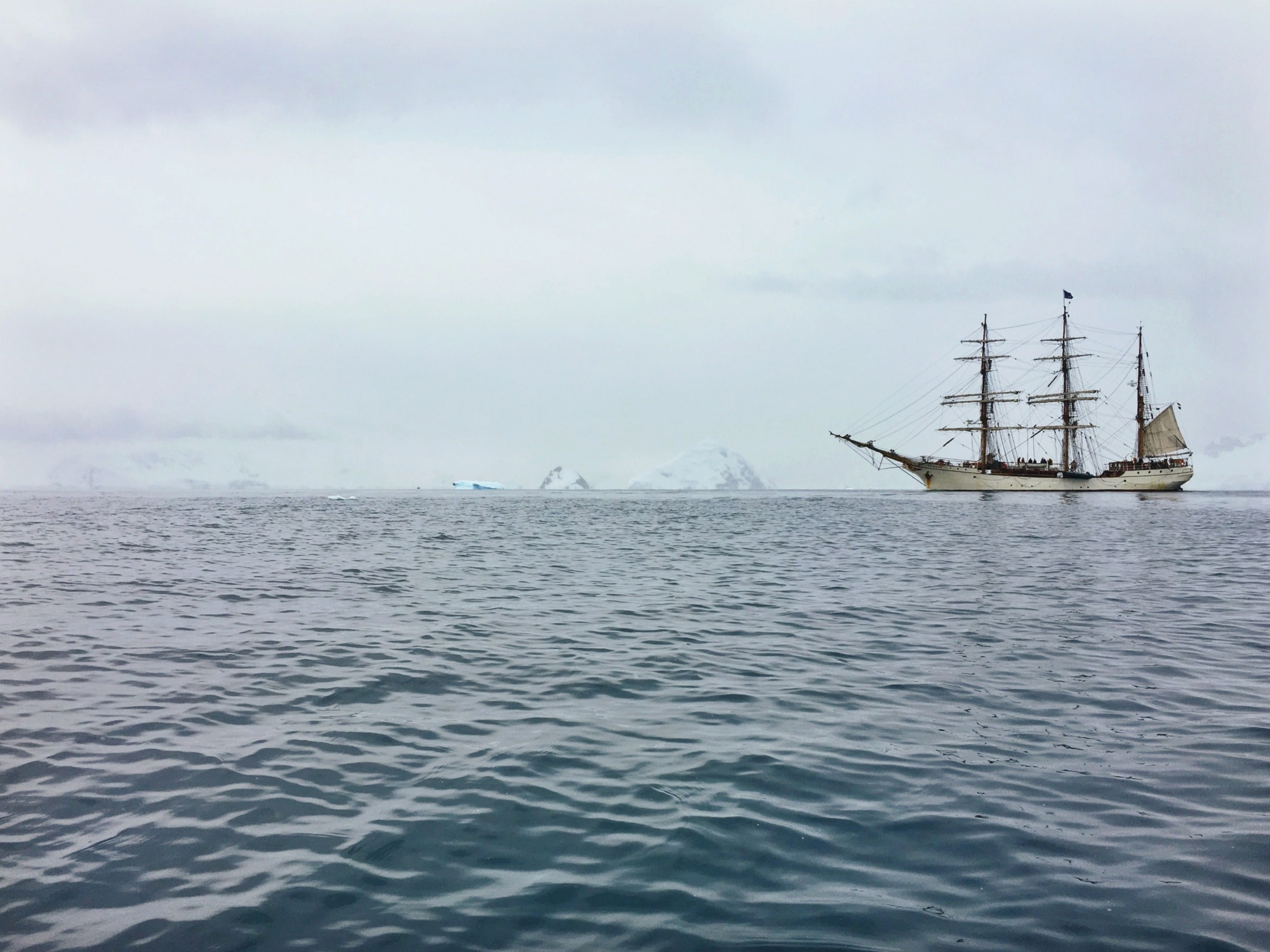
But first, a quick story! In 1915, Ernest Shackleton and a crew of 27 set out to become the first explorers to visit Antarctica. Before they reached the continent, however, massive ice floes crushed their ship.
The crew and Shackleton evacuated and watched the ship go down in late November. Unable to communicate with the outside world, Shackleton and his crew were left to navigate nearly 800 miles of ice and ocean in lifeboats. Miraculously, the entire crew survived!
In chronicling their journey, Shackleton wrote: “An ordered mind and a clear program were essential if we were to come through without loss of life.” His words echo one of the most important elements to have in all survival situations: a cool, calm mind.
Shackleton and his crew later deemed their mission a “successful failure.” And history is full of similar stories, like the infamous Apollo 13 moon mission in 1970. Unfortunately, there are too many instances of what one might deem ‘unsuccessful failures’ when it comes to outdoor expeditions.
In pulling tips from the Complete Survival Manual written by Michael S. Sweeney and published in partnership with National Geographic, I hope to offer some insightful tips.
Survival Tip #1
When You Know You’re Lost, STAY PUT!
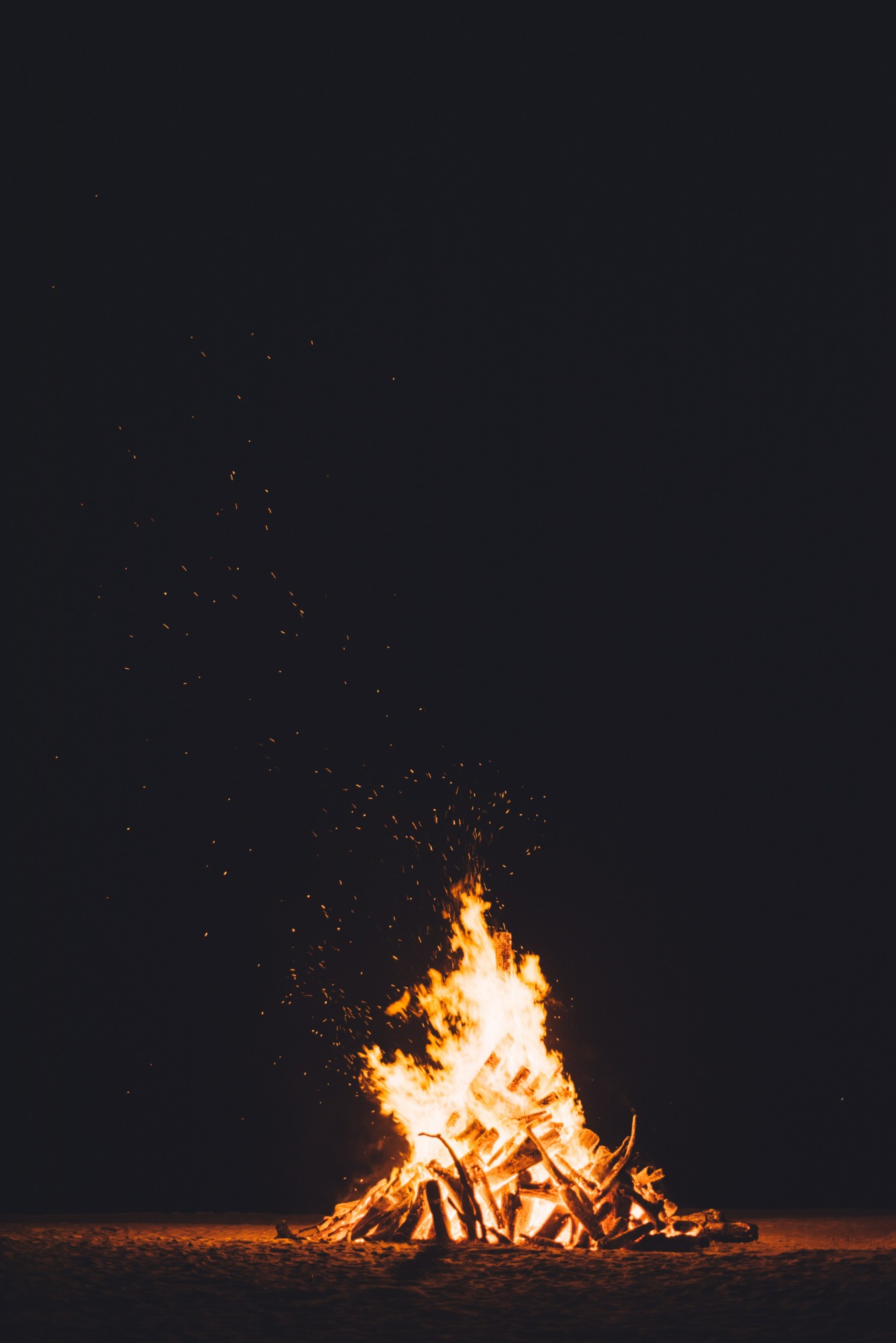
It might seem counter-intuitive, but the evidence supports the theory that staying put when you know you’re lost leads to higher survival rates than trying to “undo your error.” I’ve made the opposite mistake plenty of times. In your head, it might sound like, “If I can just make it to that ridgeline over there, then I can get my bearings.” But more often than not, this idea ends up getting us more lost than we were in the first place.
Studies show that 95% of rescues occur within 72 hours of a missing person being reported to authorities. If you filed a travel plan with a friend (which is ALWAYS recommended!), authorities will have a good general idea where you are. You can signal your exact location with mirrors, fire, or smoke. Once lost, you should only consider leaving if you’re sure rescue won’t arrive for a long time, medical needs dictate a sufficient need (lack of water or presence of serious injury), and you know how to get out.
Survival Tip #2
Understand Your Group Dynamic
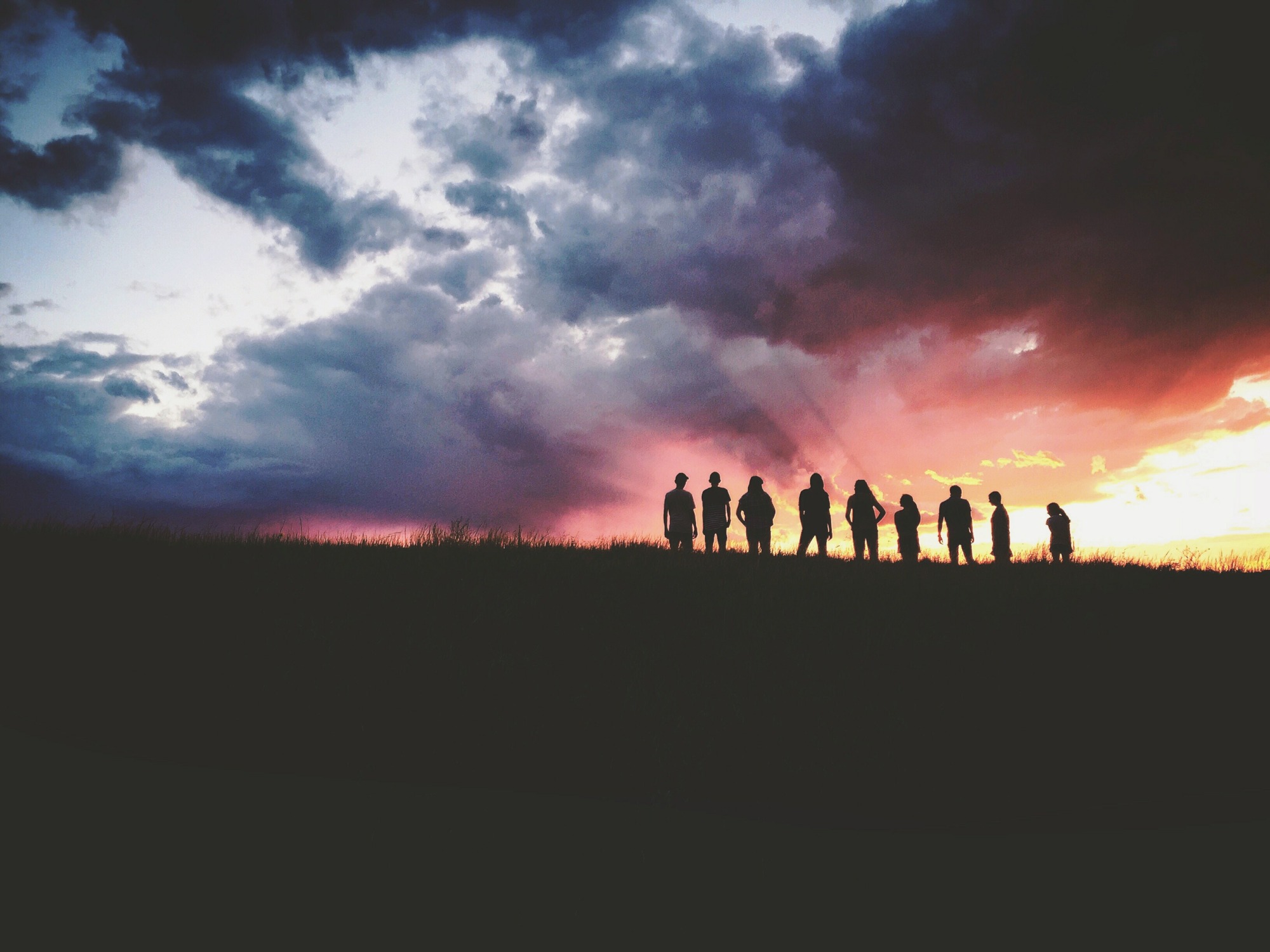
During an exploration of the Amazon jungle in 1914, Teddy Roosevelt wrote: “Under such conditions whatever is evil in men’s nature comes to the front.” If you find yourself in a group survival situation, the strengths and weaknesses of individual group members tend to be magnified. Individuals can make decisions that go against the group consensus and, sometimes, defy logic.
I’ll relate a personal story here. Several years back, I was hiking the John Muir Trail with seven companions. We were approaching Muir Pass on a particularly stormy day. High winds, cold rain, and a growing thunderstorm put stress on the group. We were above treeline and about a half-mile from the convenient Sierra Club-constructed Muir Hut on the summit of the pass. As the rain became heavier, most of the group quickened their pace to try to reach the hut before the worst of the storm hit.
One team member, however, suddenly dropped back, pulled out his rain tarp, and took cover behind a rock. Slightly unaware and slightly frustrated, myself and two other group members continued our push for the pass. Behind us, our other two team members did their best to convince our sheltering brother that the hut at the top of the pass provided much safer cover than they might construct in their present location. All turned out well, but it’s an example of how things can easily become hectic and how teams can become separated in a stressful situation.
Identifying and understanding the skills of your fellow survivors is essential in a group situation. Some might possess greater medical knowledge or navigational ability while others may be skilled in plant identification or be the more physically fit members of the group. And it’s just as important to understand weaknesses as it is to be aware of strengths.
Survival Tip #3
“Water is the Essence of Life”

Okay, yes it’s a corny quote from Zoolander, for whoever has seen it. But it’s also true, which I hope isn’t a surprise! Even sitting quietly without exertion, the human body needs more than a half-gallon per day to replace what is lost and to function efficiently.
In a survival situation, it’s best to factor in at least one gallon of water per person per day. Obviously, certain conditions require more water, however, such as in a desert.
Water filtration is key in any survival situation. If you drink contaminated water because you’re exceptionally thirsty and think you’ll get rescued before you have to deal with the negative after-effects, things will most likely get worse before they get better, if they get better.
According to the Complete Survival Manual, “Losing up to five percent of body fluids causes thirst, weakness, nausea, and irritability. . . Losing up to ten percent causes headaches, dizziness, and tingling in limbs. . . Loss of 15 percent severely impairs vision and hearing, swells the tongue, and makes urination painful. . . [and] Loss of more than 15 percent usually causes death.”
There are a wide variety of water purification methods out there. For me, I carry a Steri-Pen, a Life-Straw, and backup iodine tablets, just in case. Interestingly, I recently attended a Wilderness Medicine Lecture by Dr. Howard J. Donner. He related that the most recent water studies in the Sierra Nevada mountains suggest that the first 12 inches of lake water are actually a safer source than moving stream or river water.
The reasoning he offered was two-fold. First, the first 12 inches is naturally purified by ultraviolet radiation, much in the same way the Steri-Pen uses UV light to purify water once you’ve scooped it into your bottle. Second, he suggested that the larger protozoa and bacteria that cause giardia will naturally settle to lower depths in a standing body of water, as opposed to being mixed in at all levels in moving water.
While this is certainly useful, it is important to note that most water in the alpine lakes of the Sierras comes directly from snowmelt and is naturally well-filtered through our granite soil. It is ALWAYS recommended to filter water before drinking, especially in a survival situation, and water is ALWAYS the healthiest liquid to consume, as alcohol and caffeinated beverages will actually lead to greater levels of dehydration.
Survival Tip #4
The Rule of Threes
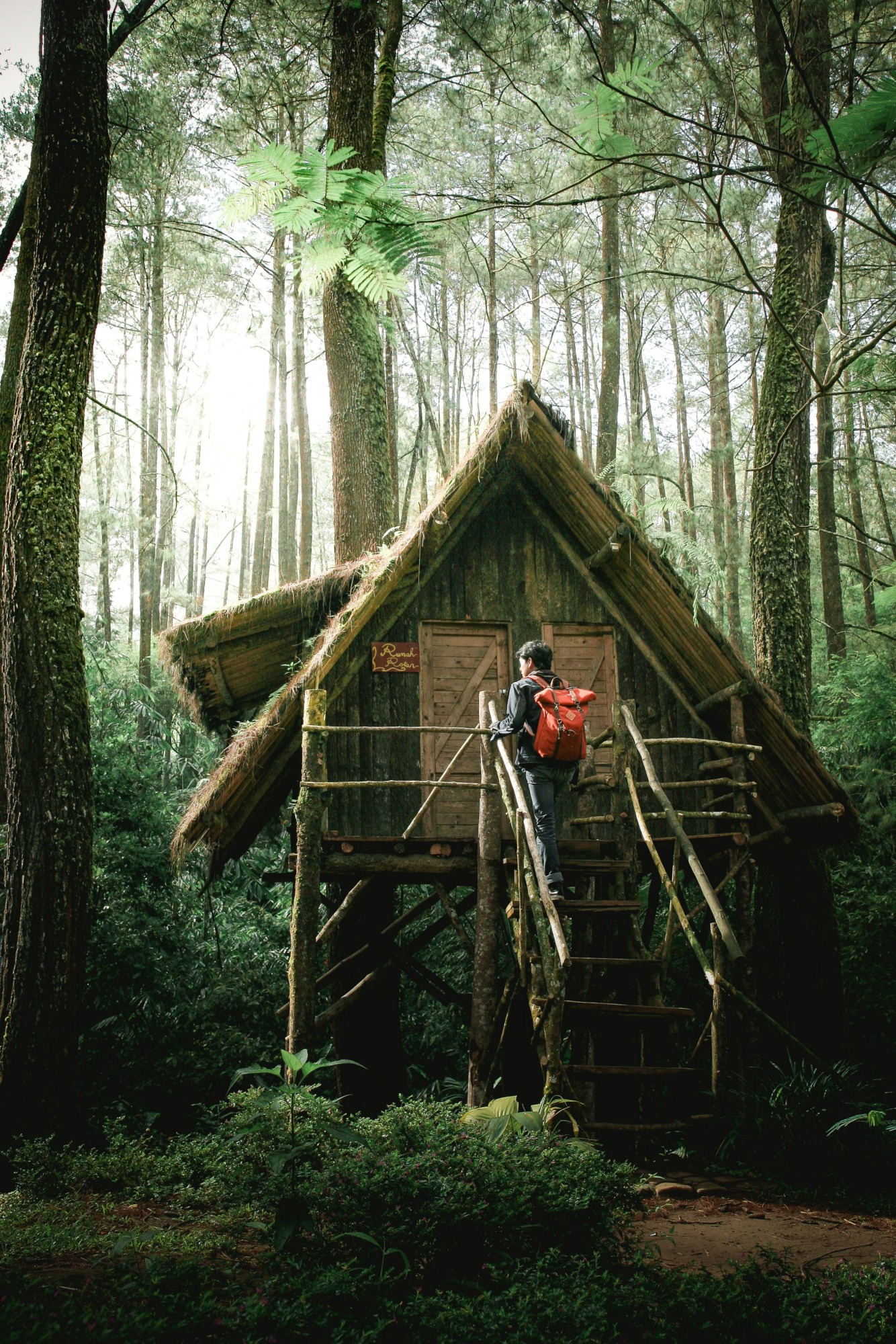
From the Complete Survival Manual:
1. “You’ll die in three minutes without oxygen.”
2. “You’ll need protection from wind, snow, desert sun, and other severe weather conditions within three hours, or face the consequences of exposure.”
3. “You’ll need water in three days to replace the moisture you lose through sweat, respiration, urination, and defecation.”
4. “Although you’ll be hungry soon after starting a survival situation, your body probably won’t need food, strictly speaking, for three weeks.”
The rule of threes gives us a fantastic guide to base our priorities upon in any survival situation. Oxygen, then fire and shelter, then water, and then signaling, navigation, and food. Individuals that require emergency first aid should be the first priority. Protection from the elements and a reliable source of warmth are second. Clean, uncontaminated water is third, and much more important than food.
Once you’ve stabilized any major injuries, secured shelter and a source of warmth, and determined water rations, then you can start to consider how long it might take for rescue to arrive, how you can signal your location to rescuers, how you might navigate to safety if rescue isn’t imminent, and how you’re going to secure food in a prolonged survival situation.
Survival Tip #5
Practice S.U.R.V.I.V.A.L.
Coming back to Ernest Shackleton’s proclamation of the importance of a calm, collected approach to survival, having a system or process to follow can go a long way towards stemming the spiral into chaos. The Army Survival Manual has created a useful acronym to help you do so.
‘S’ stands for “Size up the situation.” This includes surroundings, physical conditions, and equipment.
‘U’ stands for “Use all your senses.” As the saying goes, “undue haste makes waste.”
‘R’ stands for “Remember where you are.” Know where you are and where you’re going. Don’t rely on others to do this for you.
‘V’ stands for “Vanquish fear and panic.” This one’s pretty straightforward. Panic and fear are unnecessary. Stress is a killer.
‘I’ stands for “Improvise.” Examine what can be used to your advantage. We are extremely adaptable and clever!
‘V’ stands for “Value Living.” The “will to survive” is widely reported by survivors. You have to WANT IT!
‘A’ stands for “Act like the natives.” Your situation may be unfamiliar to you. But it may not be unfamiliar to everyone in that area!
‘L’ stands for “Live by your wits,” but in some circles, it stands for “Learn Basic Skills,” which brings me to my bonus tip!
Bonus Survival Tip!
Take a Survival or Wilderness First Aid Course!

There are many entities that offer fantastic courses on wilderness medicine and basic survival. Some Red Cross providers offer comprehensive Wilderness First Aid courses. The National Outdoor Leadership School offers 10-day, Wilderness First Responder certifications, as well as Wilderness Advanced First Aid and Wilderness Emergency Medical Technician courses.
On the non-medical side, organizations like the Boulder Outdoor Survival School (BOSS), the California Survival School, and the Nantahala Outdoor Center are some of the most well-recognized names in wilderness survival courses in the U.S. For one of the most complete resources you’ll find, get yourself the full version of the Complete Survival Manual!
Share Your Stories with The Backpack Guide!
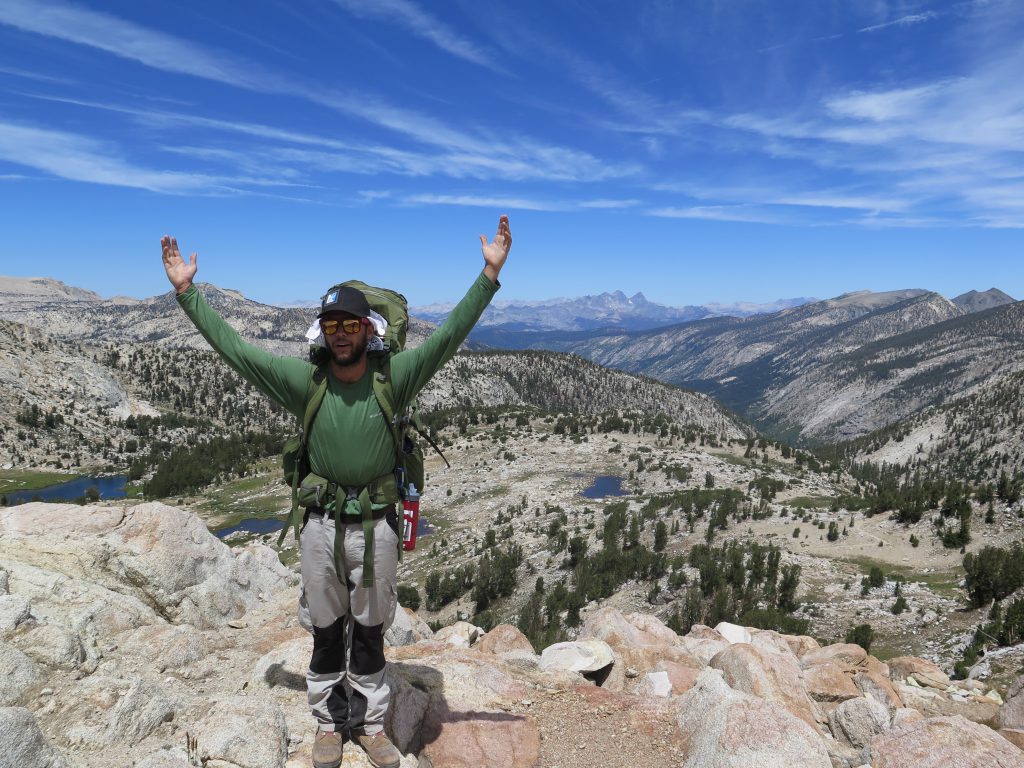
At The Backpack Guide, I’m always looking for new trails and wildernesses to explore. But my intent is always to explore them as safely as possible! I believe wholeheartedly in prevention, but it’s also beneficial to be prepared if, and when, things go wrong.
If you have a survival story, or you’d like to share tips or tricks that I haven’t included here, I’d love to hear from you! Drop me a line here or find me on social media @thebackpackguide on Instagram and Facebook!
I hope you’ve enjoyed these tips and I’d love to hear your feedback in the comments section below. I’ll be quick to reply to any questions, comments, or concerns you feel like sharing!
Safe Travels Friends!
The Backpack Guide
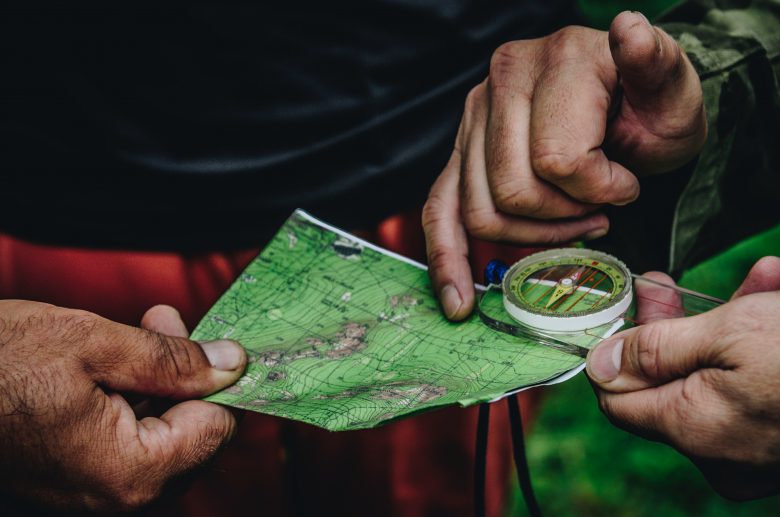
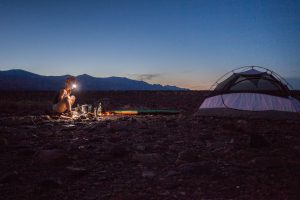
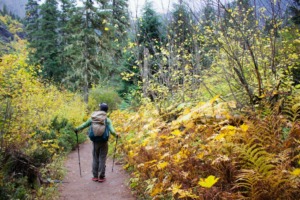
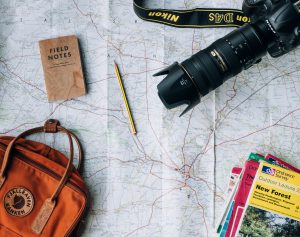
Comments
Hi there,
Great article!
I often go camping with my kids, and next month we are planning a backpacking adventure in the wilderness. The tips you have provides will definitely help while on the go!
I also consider taking a survival first aid course before going on this trip. I really would like to bring these tips with me. Is there a way to print this page?
Thank you for this excellent post!
Author
Hi Daniella!
I’m very glad that you found this information useful! Your web browser should give you the option to save the page as a PDF and then print it on your local printer. If not, however, please let me know and I’d be happy to forward you a copy of these tips! I’d also recommend visiting redcross.org and searching for their Wilderness First Aid Emergency Field Guide Reference. Here’s the link to their website: https://www.redcross.org/store… But you can also find the field guide cheaper on Amazon here: http://amzn.to/2Fhiwl3